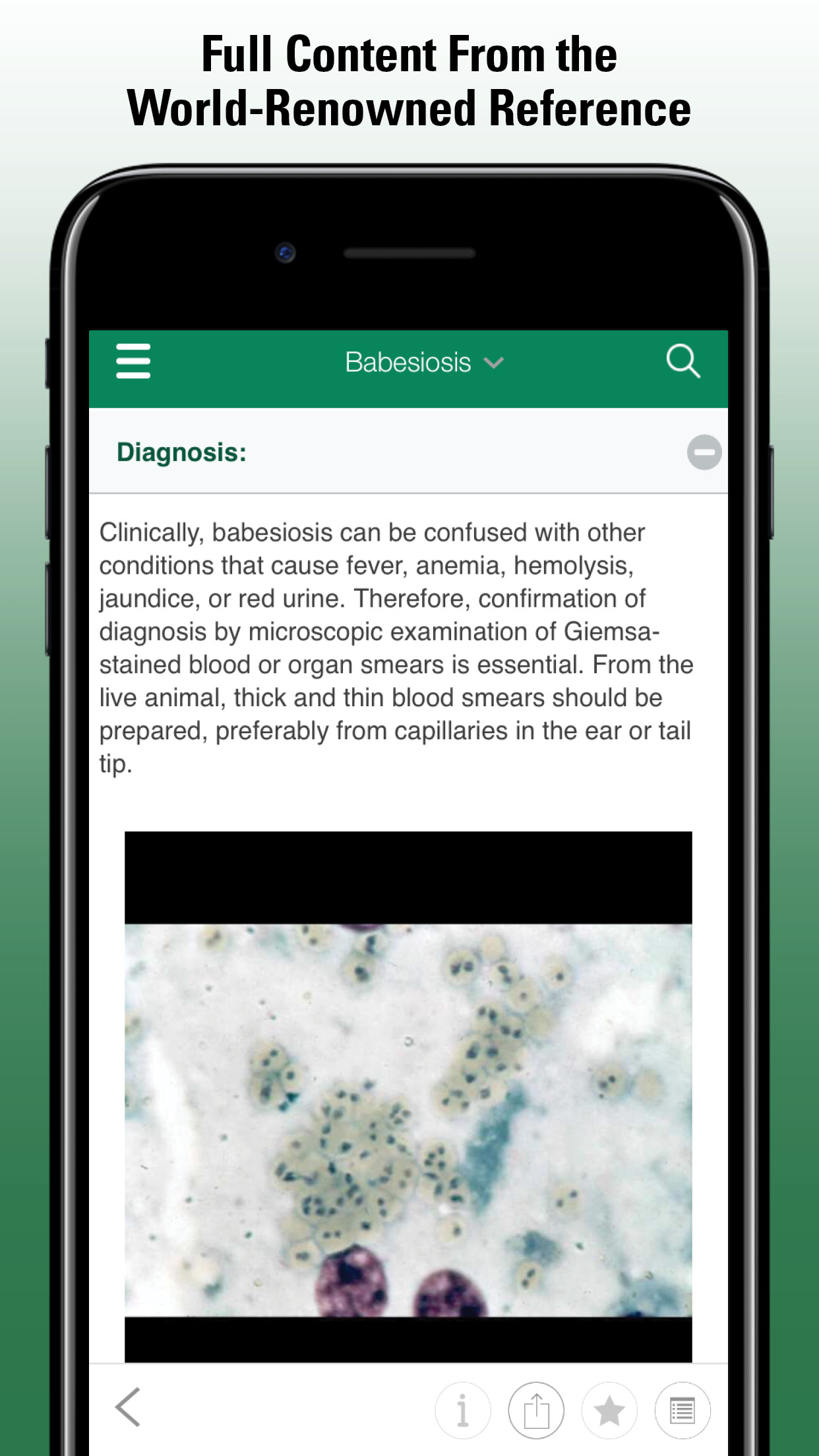Overview of Riemerella anatipestifer Infection in Poultry
(New duck disease, Infectious serositis, Pasteurella anatipestifer infection)
- Riemerella anatipestifer Infection
- Overview of Riemerella anatipestifer Infection in Poultry
Infection with Riemerella anatipestifer is a contagious, widely distributed bacterial disease that primarily affects young ducks and less frequently turkeys and geese. Other waterfowl, chickens, and pheasants occasionally may be affected.
Etiology and Transmission:
R anatipestifer is gram-negative, nonsporulating, catalase and oxidase positive, and non-motile. It grows microaerophilically in enriched media. R anatipestifer possesses few characteristic phenotypic properties, so isolation and identification procedures should be polyphasic. A definitive diagnosis should include genotypic identification (PCR amplification of a partial region of the rpoB or the 16S rRNA gene with subsequent sequencing is recommended). Just like Pasteurella multocida, R anatipestifer includes a number (>20) of immunotypes (or serotypes). This complicates efforts at widespread prevention using bacterins, because no cross-protection occurs between serotypes. However, currently, much effort is on the search for cross-protective vaccine candidates using an immunoproteomics approach.
The epidemiology and pathogenesis are poorly understood. Ducks are believed to be infected from the environment by the respiratory route or when R anatipestifer is introduced into lesions of the webbed foot. Turkeys may be infected by injuries or by the respiratory route when another pathogen disrupts the respiratory epithelium. Once the infection is established on a farm, it frequently becomes endemic.
Clinical Findings and Lesions:
Signs usually develop after an incubation period of 2–5 days. Affected ducks, usually 1–7 wk old, often have ocular and nasal discharges, mild coughing and sneezing, tremors of the head and neck, and incoordination. In typical cases, affected ducklings lie on their backs, paddling their legs. Stunting may occur. Necrotic dermatitis on the lower back or around the vent may also be seen. Fibrinous exudate in the pericardial cavity and over the surface of the liver is the most characteristic lesion. Fibrinous airsacculitis is common, and infection of the CNS can result in fibrinous meningitis. The spleen and liver may be swollen. Pneumonia may be seen. Mortality is usually 2%–50%. A high proportion of affected birds develop mucopurulent or caseous salpingitis. Affected breeding stock should be slaughtered, because many become blind layers.
Affected turkeys, usually 5–15 wk old, often exhibit dyspnea, droopiness, hunched back, lameness, and a twisted neck. Fibrinous pericarditis and epicarditis are the most pronounced lesions. There may also be fibrinous perihepatitis, airsacculitis, and purulent synovitis. Osteomyelitis, meningitis, and focal pneumonia are seen occasionally. Mortality is 5%–60%, and condemnations are 3%–13%.
Diagnosis:
Diagnosis is based on typical CNS signs (if present), lesions, and isolation and identification of the causative organism (using traditional biochemical characterization). Other diseases, eg, colibacillosis (see Colibacillosis), salmonellosis (see Salmonellosis), and chlamydiosis (see Avian Chlamydiosis), may produce similar lesions. Chocolate agar medium is recommended for isolation, although blood agar is also used, with incubation at 37°C in a candle jar or under 5% carbon dioxide. Several PCR-based diagnostic tests have been described, including assays for the ompA gene, 16S rRNA, rpoB gene, and an ERIC fragment. The published PCR tests are all able to detect R anatipestifer, but a high rate of false-positive reactions may occur. Consequently, PCR amplification of a partial region of the rpoB or the 16S rRNA gene with subsequent sequencing can be recommended to confirm identification. Recently, matrix-assisted laser desorption ionization time-of-flight mass spectrometry (MALDI-TOF MS) has been used successfully for identification. The isolate should be serotyped (only a few laboratories are capable), because the information may be needed for vaccine selection and epidemiologic studies. Plate agglutination is rapid and convenient for this purpose. However, unless titrations are carried out, only absorbed sera should be used because of the existence of multiple antigenic factors within a single strain. Biochemical characteristics can be used to differentiate this organism from other bacteria that cause important diseases of ducks and turkeys, particularly Escherichia coli, P multocida, Salmonella enterica, Coenonia anatine, Avibacterium gallinarum, and Bordetella avium. Impression smears help to determine whether chlamydia is involved.
Prevention and Control:
Careful management practices are important for prevention of infection. A high level of biosecurity is essential. Cleaning and disinfection between flocks and separation of flocks on multiple-age farms are other factors of major importance. Rigid sanitation and depopulation are necessary for elimination of the disease on endemically infected farms.
A bacterin and, more recently, a live vaccine, which include the three most common immunotypes of R anatipestifer, are available for use in ducks. An autogenous oil-emulsion bacterin can be used in turkeys. Breeder ducks can be vaccinated with a bacterin or live vaccine to provide protection to the ducklings that may last for up to 2–3 weeks of age. A combination of penicillin and streptomycin, or sulfaquinoxaline can be used for initial treatment, but an antibiotic sensitivity test should be performed, because multiresistant strains may develop. Enrofloxacin has also proved highly effective in preventing mortality in ducklings when administered in the drinking water. However, current legislation in many countries does not allow the use of quinolones in production animals.
- Riemerella anatipestifer Infection
- Overview of Riemerella anatipestifer Infection in Poultry




